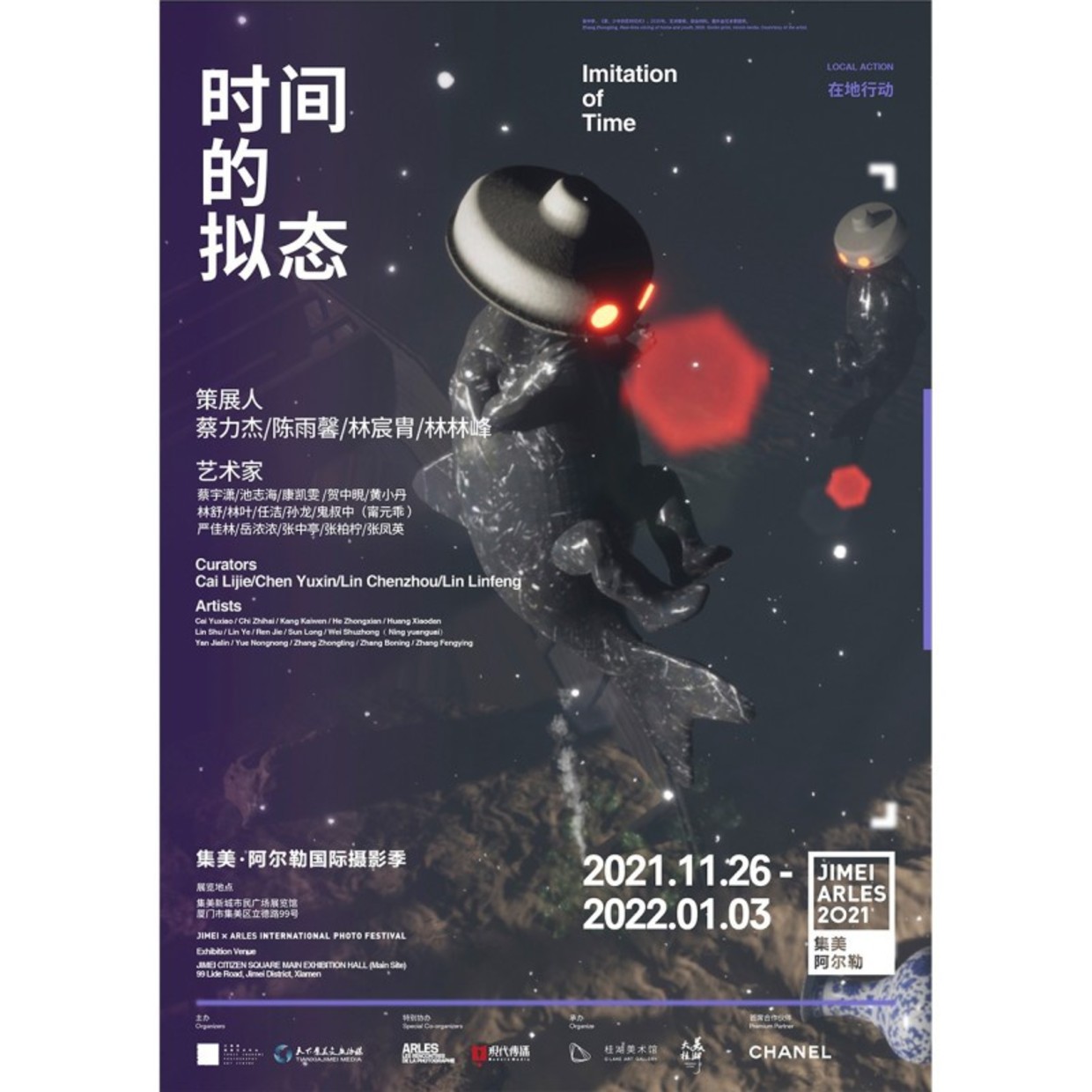The Mimesis of Time
Institutional Partner: G-Lake Art Gallery
G-Lake Art Gallery is very honored to participate in the Jimei x Arles International Photo Festival co-present by the Three Shadows Photography Art Centre at the beginning of the opening of the museum. The Local Action section of this photography festival is the entry point for the cooperation between the two sides, which fully fits the curatorial logic of G-Lake Art Gallery, to tell the stories of Fujian or the personal experience of local artists in the name of art. At the same time, G-Lake Art Gallery divided the works of 15 invited artists into 4 chapters, namely "Coastline Plan", " Haixi Movie", "The History of Family Images" and "The Extension of Time". These chapters will present the audience with the links between various images and reality: family and stranger, ritual and daily life, mood and landscape, tranquil hustle and bustle or vivid remnants—activating the past or petrifying the present with the grammar of lens.
However, it seems that the time of "Everyone is an artist" era has not yet arrived. But nowadays, everyone is a collector of daily image information and an amateur photographer—we look at images, we actively record and share them, and in short, we are all actively changing our viewing habits to create a world of diverse and fragmented landscapes. As J. Sauderon mentioned in talk, "We cannot go back any longer, and we live in the consciousness and picture that we work together to build." The relationship between images and the real world seems to have become closer today in the era of picture-reading, while perhaps also becoming more distant. People tend to regard Plato’s "cave" as a starting point for discussion. In the Republic, the prisoner who was born tied up in a cave and could not turn around believes that the figure of the fire behind him projected on the wall of the cave is the real world. This metaphor divides the visible world into two parts, one is the reflection world, and the other is the experience description that constitutes the reflection world. Here, the image is not only a manifestation on the wall, but also a cave that clausters people’s cognitive habits. Moreover, the image opens the sight of the present viewer while freezing the person who remembers or imagines it later. Today, as reading and personal handiwork are gradually being dismantled by machines or lenses, people seem to be trapped in a new "mechanical graveyard" with no escape, even as they embrace the instrumental rationality and mechanical aesthetics of the times and repeatedly burn traces of them in dazzling mechanical images. This is the hidden will and gesture of the image and the image itself. After being produced, the image collectivises all relations and media: life, the everyday, the initial situation and the postulated meaning, as well as the eyes of the author and the viewer. Image has become a link channel, it restores the shape of daily, but also alienated the texture of daily. In order to capture a sense of security, one needs countless moments that are framed.
The artists always use a past tense grammar to emphasize the traces of their interaction with the world, and they repeat the creation of those images to the reality hidden behind the work and the daily life disturbed by themselves. It is when we use our intuition and emotions to hide the true gestures of things and the world that the world begins to take hold. This is also the ambiguity that the viewer has with images, and today one may need to examine the voyeurism of the everyday, the expansion of space and time traction by those (even if personal and very ordinary) images, in a context where the camera has offended and even possessed the photographed objects, and at the same time, liberated them in time - Those images generated by the lens eventually evolve into a mimesis of time. However, only when we learn the artist’s shutter discipline can we make the image adhere to the ordinary time, and finally turn the image into a guide catalog of life.



